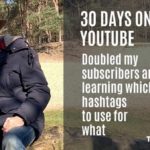
G is for Gradual
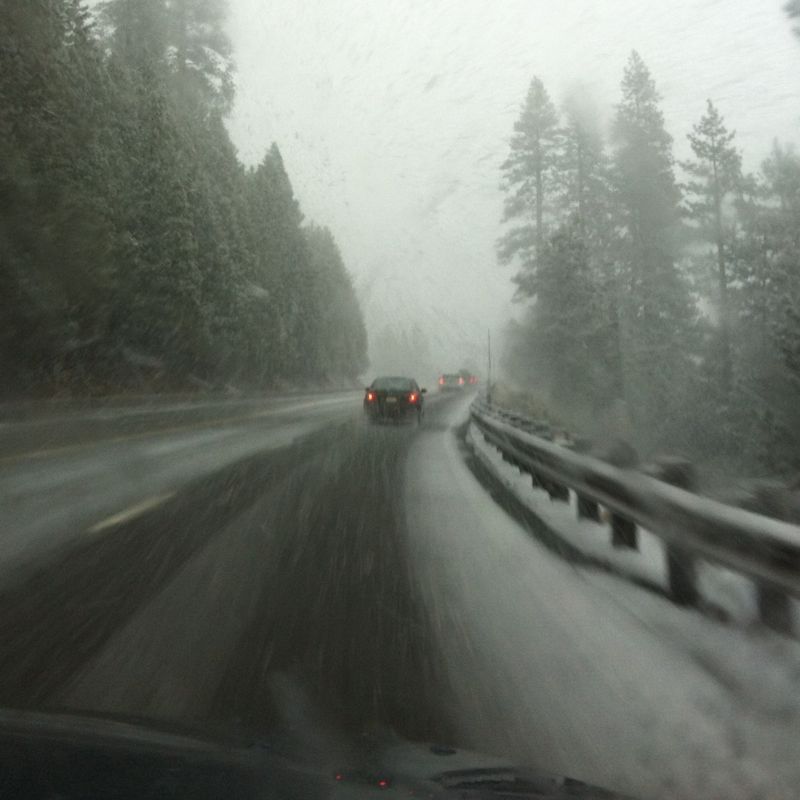
- A is for Amazon
- B is for Bio
- C is for Character
- D is for Drama
- E is for Efficiency
- F is for Fun
- G is for Gradual
- H is for Hero
- I is for Inspiration
- J is for Judgment
- K is for Kneading
- L is for Lull
- M is for Marketing
- N is for Natural
- O is for Opportunity
- P is for Publish
- Q is for Quickly
- R is for Resourceful
- S is for Sales
- T is for Timing
- U is for Updates
- V is for Very
- W is for Website
- X is for Xavier Chanceworthy
- Y is for Yours
- Z is for Zeal
How steep is the climb to the finale?
If your book is 100 pages, does the passion / action / drama increase by 10% every 10 pages? Is it a mathematical formula? Or should it just flow naturally and you get to the top when you get to the top? Or is it more of an incremental climb? 10 then 20 then 30 then 40 = 100?
Do established authors map out the gradual tension of the span of their book methodically? “Ooh, can’t give away this clue just yet, not in chapter 3, that needs to wait until chapter 7 at least!” Or do they just tell their story ‘naturally’ and it flows as it flows? I think this is where the mathematician in me and the creative in me clash–or maybe this is where they reunite! Maybe this is where I bring together a flow chart and the passion of the story so they work best for all parties involved: characters, plot, reader, and writer.
Are you a mathematician when plotting your gradual increase in tension or an artist?
Do you map out something of a timeline of the actions in your story to see how they look ‘over time’? Or just let it rip? With the Secret of Kite Hill, we were winging it from the starting line, no plan, no strategy, not even a map. We just started off into the wilderness and would figure it out as we got there–if we got there. But for the next book in the series, I’d like to map it out a bit more. Maybe not the entire route and every little stop along the way, but at least an A and a B, maybe a C or D to add later.
But the steepness of the incline is what I find most difficult. How to draw it out if you want to? The ultimate goal: how to keep that reader wanting to turn to the next page?

It’s potentially a treacherous road to the top. Take it slow.


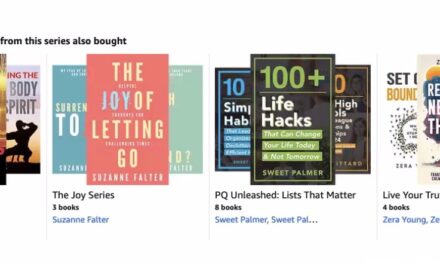

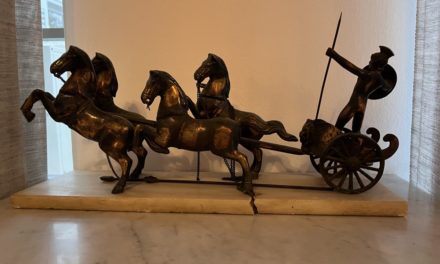





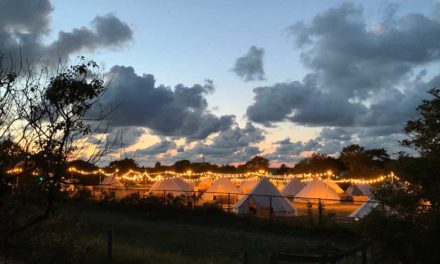


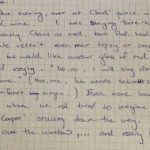


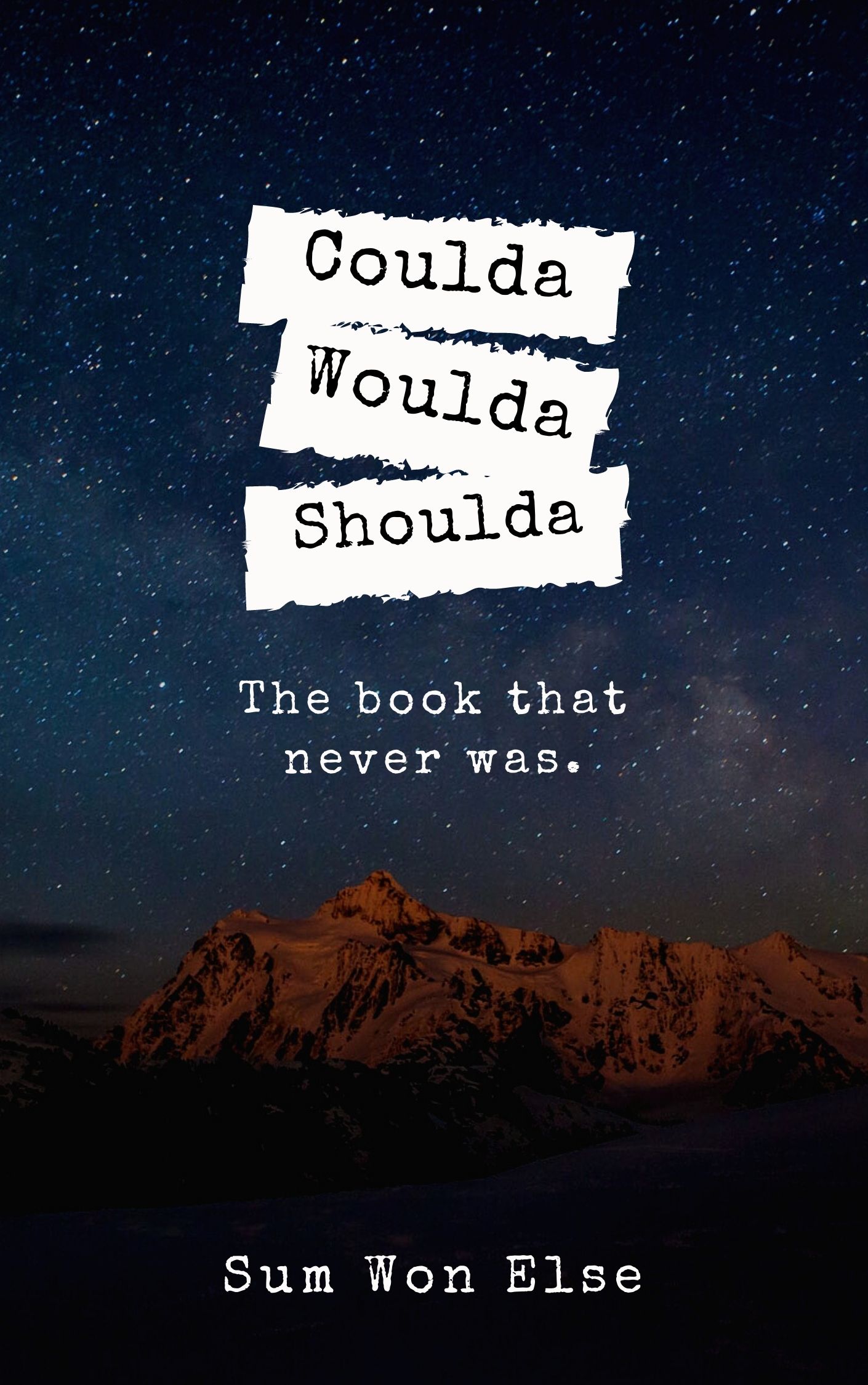











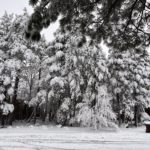
That’s a scary driving condition, I can feel the speed.
I should have used a photo with a charming path to the top of a grassy hill … !
I let it flow naturally! It’s hard if I think about, like, how do I increase tension here?
I think that if naturally works, then why fix what works? I think the “architect” comes into play (quoting John below) if you’re the gardener and you’re not sure what you planted and need some guidance.
I like this question a lot. Bradley, I don’t know if I’ve ever told you this, but I secretly want to write some fiction stories (ok, maybe I already have). And I’ve spent a lot of time thinking about tension and character arcs and the little (or big) journeys that people and characters go on.
I’m going to share two quotes from people who are better writers than I am. One is from the master, George RR Martin, about the two types of writers (when it comes to planning things out in advance):
“I think there are two types of writers, the architects and the gardeners. The architects plan everything ahead of time, like an architect building a house. They know how many rooms are going to be in the house, what kind of roof they’re going to have, where the wires are going to run, what kind of plumbing there’s going to be. They have the whole thing designed and blueprinted out before they even nail the first board up. The gardeners dig a hole, drop in a seed and water it. They kind of know what seed it is, they know if planted a fantasy seed or mystery seed or whatever. But as the plant comes up and they water it, they don’t know how many branches it’s going to have, they find out as it grows. And I’m much more a gardener than an architect.” ― George R.R. Martin
I’m an architect when it comes to the beginning and end of a story. I know exactly what I want those first and last moments to be. Sometimes I also know what I want a character’s struggles/challenge to be. But I’m clueless about the rest of it. The rest is just gardening.
The other quote is something that Donald Miller said in his amazing talk at WDS in 2013. He was talking as much about writing as he was about life in general. He said, basically, there are three things you need to know about a character in order to have a good story.
1. Who are they?
2. What do they want?
3. What happened when they went for it?
He also said, “Good stories happen when characters take action.” I love that so much.
I like to see a character struggle, and maybe not get what they want. Or at least not get what they want in the way they’d hoped. I want to see characters make hard decisions, and have those decisions not always work out like they expect. I like making characters who have to grown and change in order to get what they want. I like it when things don’t go according to plan, and someone has to come up with a new plan and learn new things and change who they are in order to reach that final destination I imagined with my architect’s pencil.
That way, I’m on the adventure with them. I’m more of an adventurer than a writer, of course, but that’s how it all comes together for me. 🙂
Wow, thanks for the huge comment, John!
You mention these masters and I thank you for their quotes, but I could just as easily take your second-to-last paragraph as a guideline for character building as well (“I like to see a character struggle … reach that final destination I imagined with my architect’s pencil.”).
Knowing you, you just wrote out that paragraph on the fly (cuz you’re clever like that ;-)), but read it again: it’s excellent. You say what you like in a character and it’s extremely helpful.
Finally, the architect and the gardener quote is super helpful, thank you for taking the time to share.
I want to see those fiction stories on KDP … you can use a pen name if you have to. 😉
Ha. Thanks Bradley. Yeah, I did write that on the fly. Flying too fast to think, in fact. 🙂 But I’m going to end up bookmarking this whole post, and comments, to come back to when I’m writing my first little story. I definitely have one story that will require a pen name. If I only knew how to get it into the hands of my friends without revealing I wrote it. 🙂
Thanks for the nudge and the kind words and sharp thinking, and for writing this post to begin with.
This is an excellent question. The science lover in me would love for there to be laws that map out the best path, but the writer in me doesn’t believe there are any hard and fast rules. Each writer charts out the course of their works in a different way. I am a plotter though. I have to have an idea of how things are going to build up before I go into it. That’s just the way I am. If I just go into it blindly, the story takes so many tangents that it ends up making no sense.
-L.G. Keltner, minion in Captain Alex’s Ninja Army
http://lgkeltner.blogspot.com/
http://warpednerdiversity.blogspot.com/
Yay, love to hear from other science lover / writer combination personalities out there! Maybe there’s some happy medium where we can use both sides of our brain to optimize the path to the finale. Thanks so much for the comment, L.G.
Nice post. I outline my novels before I start, and I usually use a timeline as I write to keep up with everything in the sequence of events.
Admirable! After winging it with Secrets, I’m looking forward to mapping out the next one (together with the boys … we’ll see how an 8 year old does with long-term planning!).